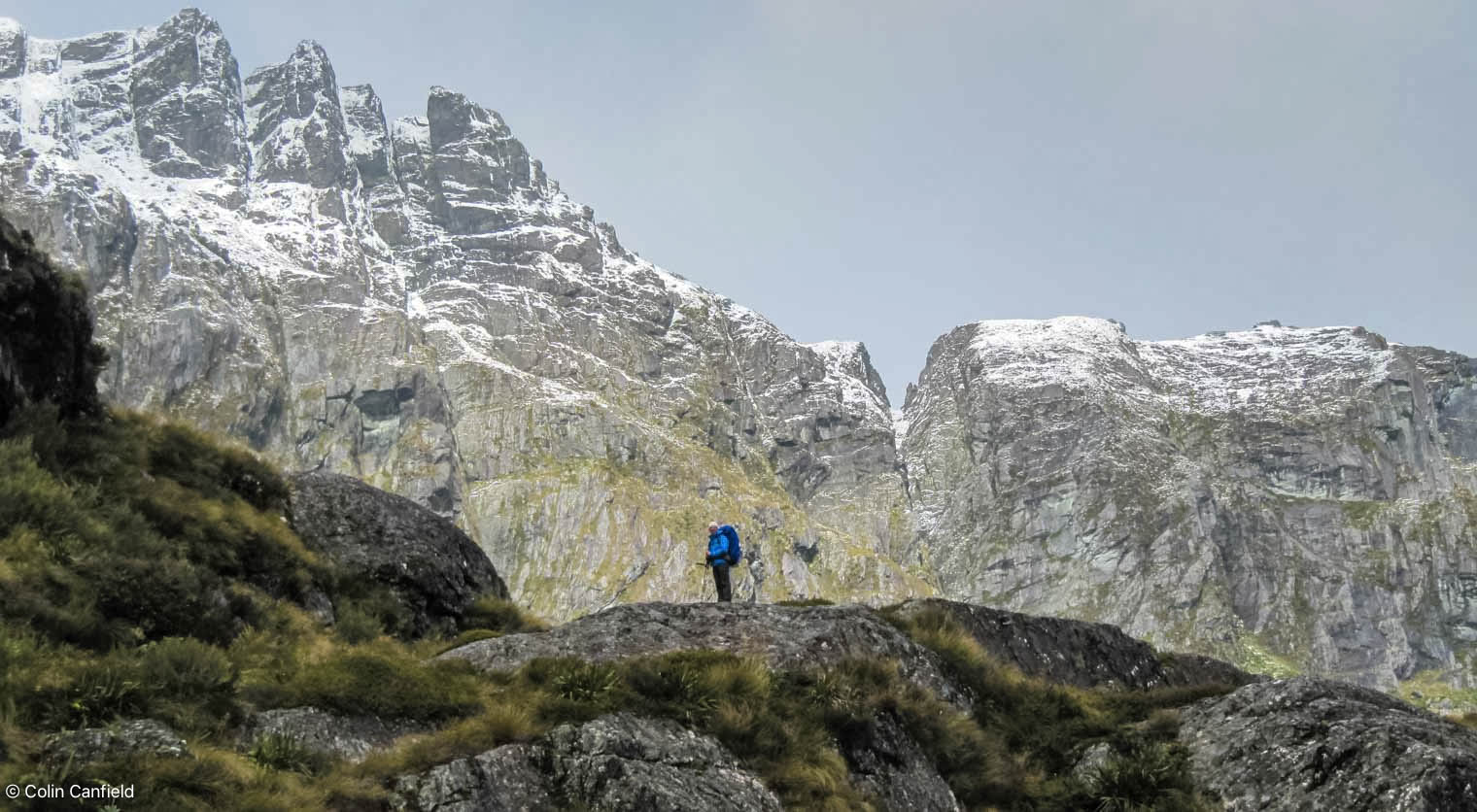A lesson learnt this trip, don’t come to Japan in June, Tokyo is extremely hot and wet but most of the mountains are still covered in snow and not able to be climbed.
I wanted to go back into the Northern Alps but pretty much every route I investigated I eventually reached someone in the area and they told me that the route is still closed. It was in one of those research sessions that I came across the Otame-Ginza route from Nagano.
While there was still meters of snow at Otenshondake I had been told that I should be able to reach Mount Tsubakuro-dake without too much issues, looking at the map their was a hut, Enzan-So very close to the summit. There was very little information online about this route, at least in English, the best I found is this post from a very prolific hiker a decade or so ago (Piper’s Website) which made it look like a really good hike.
This area is covered by the same map as Kamikouchi. With the massive proliferation of outdoor shops now in Tokyo it was easy to pick up a simple and cheap ($20) set of 4 point crampons, some gas, a JR-East pass and then I was ready for the mountains!
Like most of the Northern Alps the area is best accessed from Matsumoto, a surprisingly large mountain town that always reminds me of Queenstown in New Zealand, but even nicer.
After arriving at Matsumoto, the weather looked bad so I decided to a quick look at the Daiwo Wasabi Farm first before going up, a good decision, even though it was summer the bus was not yet running on weekdays from Hotaka station to Nakabuse Onsen, the trail start. If you are planning on this route make sure you check the timetable with Azumino Tourist Information. If you can read Japanese this is the timetable.
The next morning was Saturday and sunny, for me it was back on the train to Hotaka from Matsumoto (20 minutes) and on the bus to Nakabuse Onsen.
The climb is straightforward, about 5 or 6 hours, with stunning views across the mountains as you go up – a little snow but nothing tricky.
The hut itself is very large, it is apparently the oldest one in the Northern Alps, I don’t know if this is true but it is comfortable enough, the food was good and the beer was cold.
From the hut it is an easy hour walk to the summit of Mount Tsubakuro,the views are even better – at least until the clouds closed in.
The next morning was the usual hut routine; in all Japanese huts everyone HAS to see the sun rise so there is really no choice but to get up with them. It was absolutely worth it, the view of the soft lights as it filled the valleys was just stunning. The Northern Alps are fantastic from anywhere up high, there is just so many peaks in all directions.
In every mountain hut I have been I always find friendly people and a cold beer that is really welcome at the end of the day. Japanese hiking is very well sorted, it is so luxurious having a futon, breakfast and dinner provided – packs just feel like they are empty!
It is possible to walk accross into Kamikochi from Mount Tsubakuro using the ‘Ginza Road’ but there was simply too much snow when I was there, another trip… From the Japanese travel Wiki, wa-pedia the route into Kamikochi is …
Hotaka (穂高) station in Azumino => 5h walk => Mount Tsubakuro-dake (燕岳 – 2,763m) =>
3h30 walk => Otensho-dake (大天井岳 – 2,922m) => 6h30 walk => Mount Yarigatake (槍ヶ岳 – 3,180m) => 5h30 walk through Hotaka-dake => Kamikōchi (上高地 – 1,500m) => 1h30 by bus => Shin-Shimashima (新島々) station.
Later that day, another 5 hours or so to walk back down and I was at Nakabuse Onsen enjoying a soak in the water and eating delicious Tempura Udon. A great way to end a walk…
While the Japanese Alps are well known in Japan, there doesn’t seem to be much knowledge outside Japan – I absolutely recommend spending some time there and the huts just make it all very easy. The huts usually have contact numbers and they will tell you the local conditions (sometimes in Japanese only though). They ask that you call for more than 3 people as they can sometimes get very crowded, it doesn’t hurt to let them know you are coming for safety and it helps them work out how many meals to prepare.
It can be difficult to find out weather conditions in English, ringing the local tourist information centres help – but don’t expect perfect language (after all, Japanese is their language !).
The best contact list I have found for the mountain huts is here – http://www.nishiitoya.com/ns-eng/accommo.pdf
I definitely recommend visiting, access is simple – a direct bus from Shinjuku station or catch a train to Matsumoto – a town also worth a visit for a day or two.









